Irrigation of the Kale: [Needs, Frequency and Procedure]
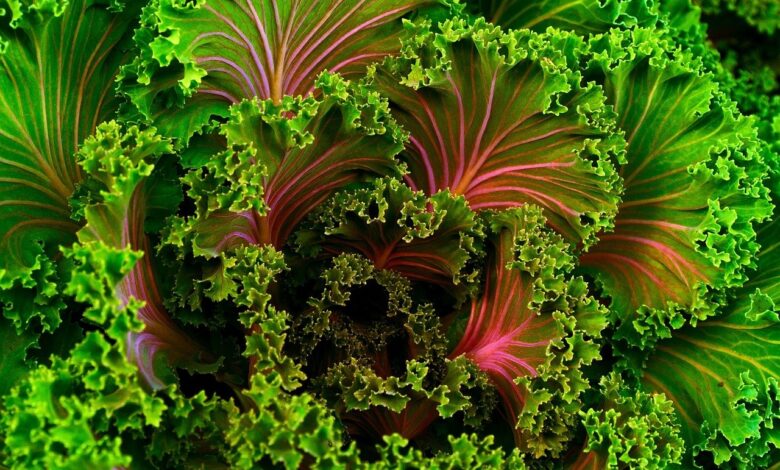
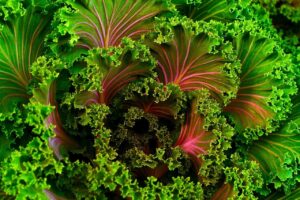 Kale is a kind of kale, which belongs to the same family as other cabbages, cabbage, broccoli, and cauliflower.
Kale is a kind of kale, which belongs to the same family as other cabbages, cabbage, broccoli, and cauliflower.
Its cultivation is very simple, which is why its planting in small, community, family or personal gardens has become popular.
In addition, it has been categorized as a superfood, due to its minerals, nutrients and the benefits it brings to the body.
On the other hand, it is a perfect crop for temperate and cold places , since it supports frost and winter frost in a good way. However, it may have important watering needs that you should be aware of, so we invite you to read on to find out everything that kale watering involves.
- Irrigation frequency: daily.
- Irrigation method: drip or micro sprinklers.
- Optimal time of day for watering: early morning or late afternoon.
- Identify excess water: root rot.
- Identify lack of water: dryness, both of the soil and the plant .
What irrigation needs does kale have?
Irrigation needs for kale vary because they are highly dependent on where it is grown. As a general rule, if sown directly into the ground, kale usually requires daily watering to maintain soil moisture.
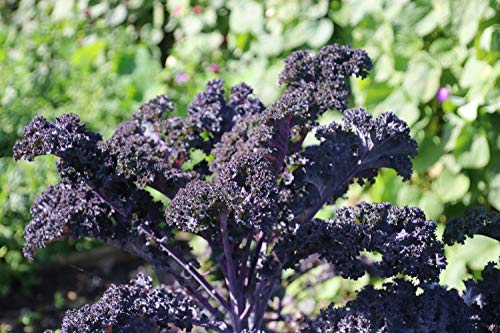
However, if it is potted with good drainage and sunshine, it will need to be watered at least twice to ensure optimal humidity. The important thing is that the plant remains in the right conditions for its development, since otherwise it will not be able to thrive.
How can we detect lack of irrigation in kale?
 Since it is a plant sensitive to lack of water and does not withstand drought, kale tends to dry out quickly when there is lack of irrigation .
Since it is a plant sensitive to lack of water and does not withstand drought, kale tends to dry out quickly when there is lack of irrigation .
On the other hand, if you are in a place with a lot of sunlight, the leaves can be burned at the edges and with little color.
In the case that it is planted in pots, the kale usually dries much faster, so it is advisable that you stay tuned.
How often should we water the kale?
However, it is essential that you never let puddles form around the plant, as it can be counterproductive. Water normally, leaving the substrate moist and the plant can develop without problems with a daily dose.
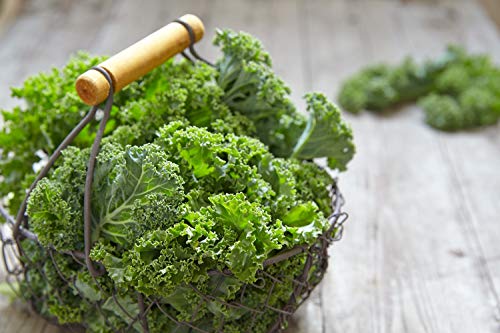
It is recommended that irrigation be carried out during periods of time when the sun is low or absent. This means that it is best to water first thing in the morning or late in the afternoon, even at night .
In this way, the plant will have time to assimilate the water and will not run into dangers such as accelerated evaporation or water burns on its leaves.
What is the best way to water the kale?
There are two methods that can be ideal for watering your kale properly: drip and micro sprinklers . The drip is the favorite option in many cases because it allows you to control the amounts of water.
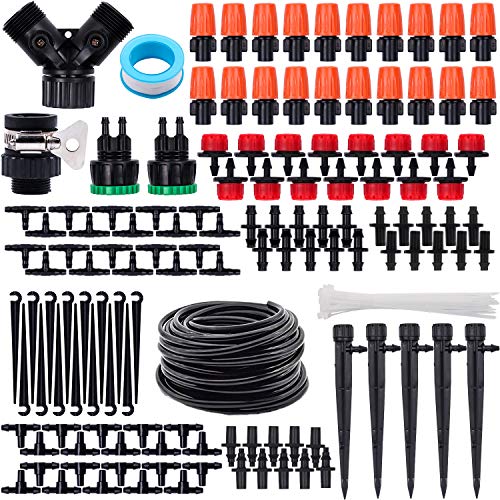
In this way, you will be able to water properly, avoiding drowning the plant, creating puddles or promoting problems due to excess water. On the other hand, if the plant is directly on the ground, the micro-sprinklers could do the job conveniently and comfortably .

Keep in mind that this method allows the water to be distributed evenly and that it usually serves to irrigate a good amount of land. You can use them for your entire garden , if you have a good group of kale planted, giving them the water they need without too much effort on your part.
Also, if you do not have this type of irrigation equipment, you can use a garden watering can . This element promotes the distribution of water and can have an effect similar to that indicated above.
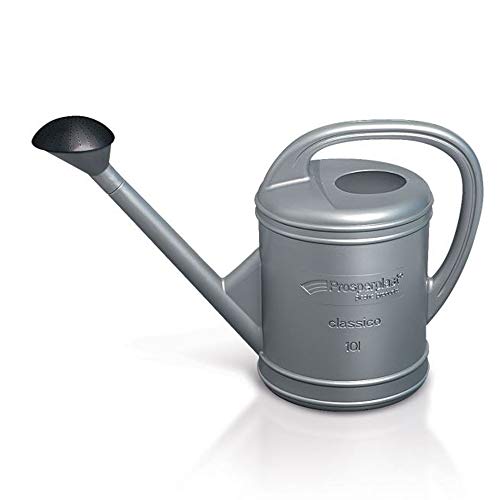
How do we detect excess water in kale?
The soil will be soggy and will cause the kale roots to drown and gradually begin to rot. When this process begins, the plant will appear with much less vitality and will lose its normal bright color.
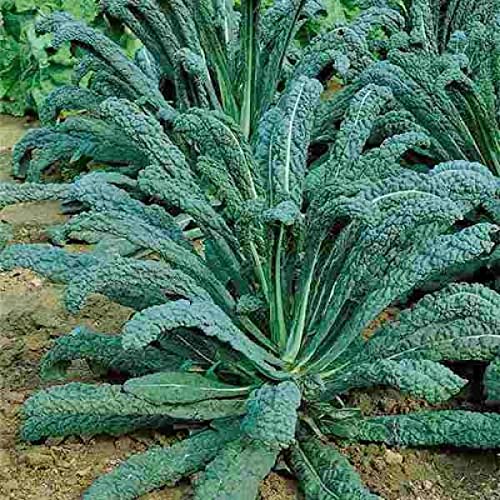
If the plant is growing, it may stop growing and begin to wilt, falling limply. The good news is that all of this is avoidable if you put the effort into designing a good kale irrigation system that meets your needs.

![Photo of Pickaxes or Earwigs in the Garden: [Identify and Combat]](https://www.complete-gardening.com/wp-content/uploads/2022/08/pickaxes-or-earwigs-in-the-garden-identify-and-combat-390x220.jpg)
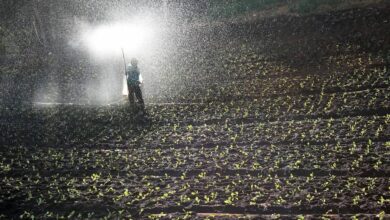
![Photo of Drip Irrigation: [Concept, Types, Operation and Advantages]](https://www.complete-gardening.com/wp-content/uploads/2022/08/drip-irrigation-concept-types-operation-and-advantages-390x220.png)
